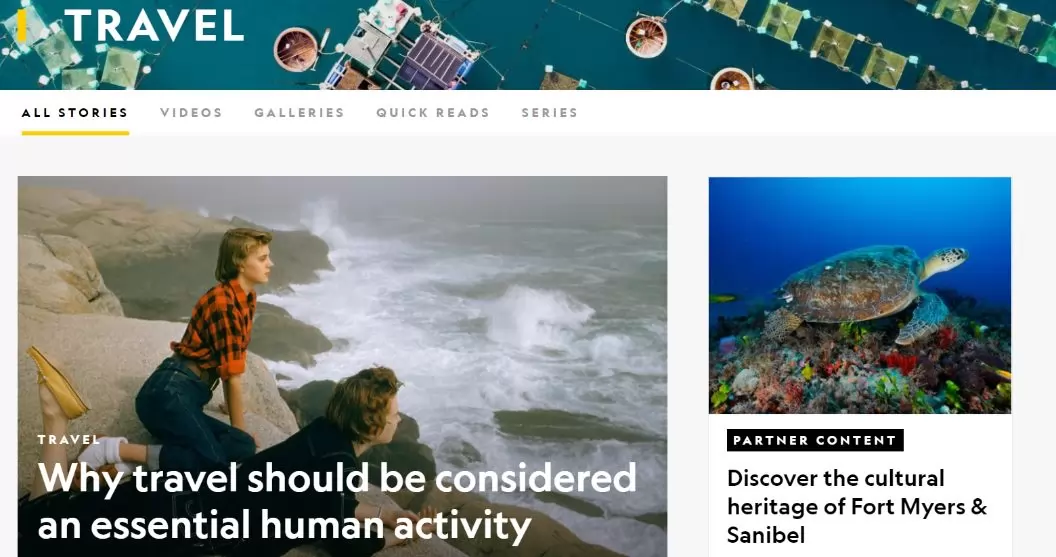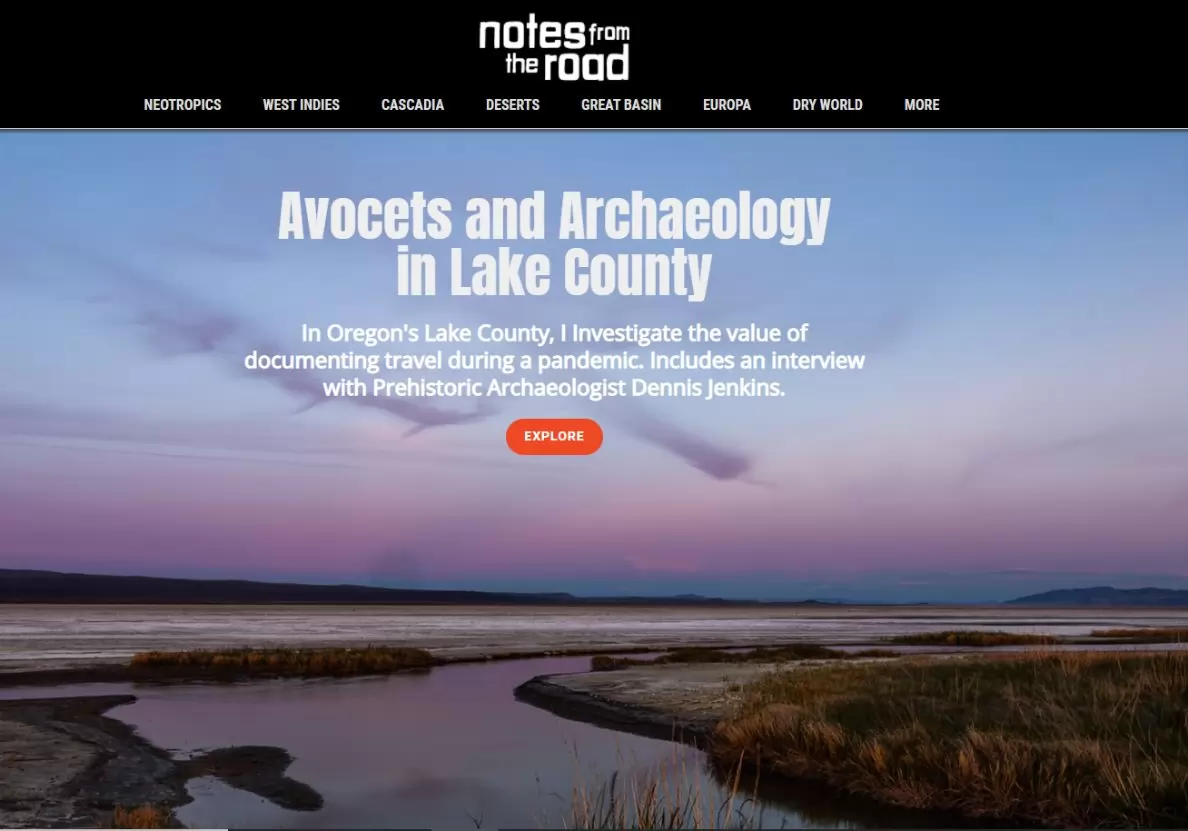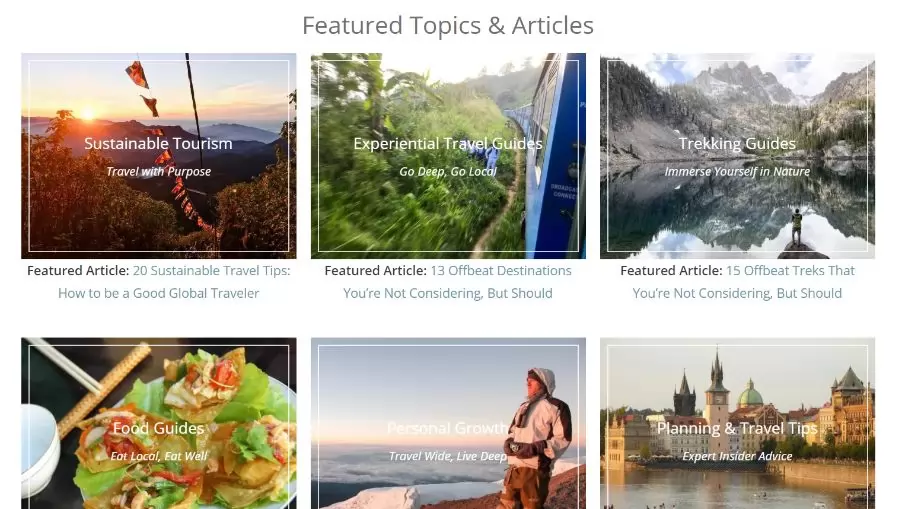The Biggest Pop Culture Moments of 2023
News

15 / 09 / 20
When we run a digital PR campaign, we do that to gain visibility for brands. We create bespoke content and get it in front of those that can republish or reference it or even link to it. Traditionally, those people were journalists and the ultimate goal was to get a link in national newspapers like The Guardian or The Sun.
But the landscape has changed, traditional publishing and journalism have a different look now and there is more competition to gain an audience than ever before. In certain ways, the internet has democratised the world of publishing. It has never been easier to build a website and publish content and this expands the media landscape. This also changes the approach of an outreach agency like JBH – whom should we reach out to these days?
When a brand approaches an outreach agency to help with digital PR and content marketing, they usually think of journalist outreach and this is still what we do on a daily basis, we promote content by informing journalists about it. But what is a journalist? This is how Wikipedia defines a journalist:
To say this differently: A journalist gathers information and provides it to an audience in images and text.
When we do our research to find journalists and websites that are topically relevant, we see more and more websites coming up that can be labelled as “blog”. In that case, the person who can publish content does not qualify as a journalist, but a blogger. Should we reach out to them?
If we go back to the definition of a journalist, gathering and providing information in text and images – we could say the same about a blogger, right? Also blogging has changed over the past few years. Originally, blogs were a form of online journaling, a public diary. Over the years, they have become more professional, some of them would probably qualify as an online magazine.
The style is still mostly informal and personal, but that is a technique that also journalists use more and more these days to connect with their audience. With content management systems like WordPress, Wix or Squarespace and off the shelf templates, everybody can create a professional looking website within a short time. That removes the reliance on third-party publishing platforms like Blogspot which were originally used for blogging.
Bloggers these days refer to themselves more and more as “content creators” because that is what they essentially do, and the term “blogger” has a negative connotation. When we hear the word “blog” we still often think of a child-like diary with some images, but when we look at some of these “diaries”, we see a beautiful website that provides useful information. If the travel blogger introduces himself as a “content creator who runs a travel website”, the whole thing becomes more official character and is no longer seen as a childish diary. Look at the following images:
 |
 |
 |
 |
Do you recognize any of them? Two are established travel magazines, the others are travel blogs. In the top left corner is National Geographic Traveler, the top right corner is a blog called Notes from the Road. The bottom left corner is another blog called Uncorneredmarket and the bottom right is Condé Nast Traveler. The difference is that two of them go back a long time and were born from print publishing, they also have a team of writers and photographers (journalists) whereas the others are run by a person or a couple and exist only online.
The quality of the writing and the images do not give that away and they might even share the same audience. If we look at a link metric like TrustFlow, the uncorneredmarket with 49 can easily hold a candle against Condé Nast that has a TrustFlow of 42 (of course, there are a few more metrics to look at to judge the quality of a website, but we speak about those another time). Why would we not consider these blogs a publication to reach out to? Every publication once started small and grew over time. Maybe todays blogs are the Condé Nasts of tomorrow. Maybe, in 10 years from now, you would be happy you had gotten that link when the magazine was merely a small blog.
Most bloggers these days also connect with their audience on social media channels and share their stories in imagery. They also promote certain brands on their websites and as such, they could be seen as influencers because they can influence their audience to buy a certain product or visit a certain place. Influencer marketing is generally seen as a separate type of campaign and many brands make use of this opportunity these days.
Also the term influencer has more and more of a negative connotation because of fake influencers and those abusing privileges, but does it really matter how we call a content creator when it comes to digital PR campaigns? What should matter is the reason why we are reaching out to somebody and the quality of their website.
As long as it is a credible, authoritative website with real content and an engaged audience in the right topical niche, it is worth speaking to all of them: journalists, content creators, bloggers or influencers.